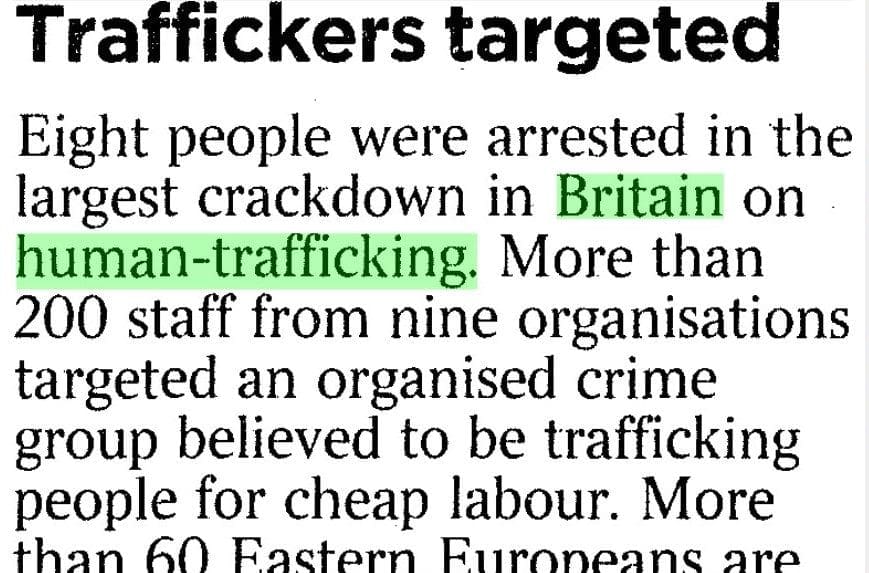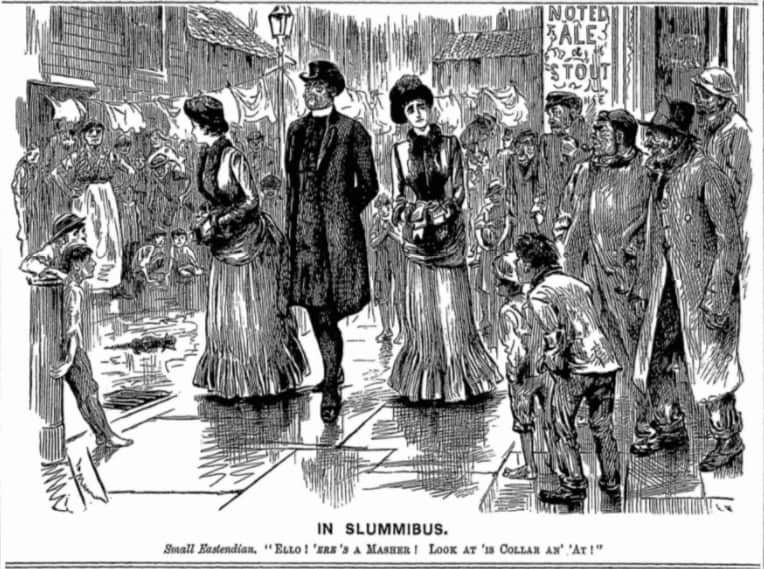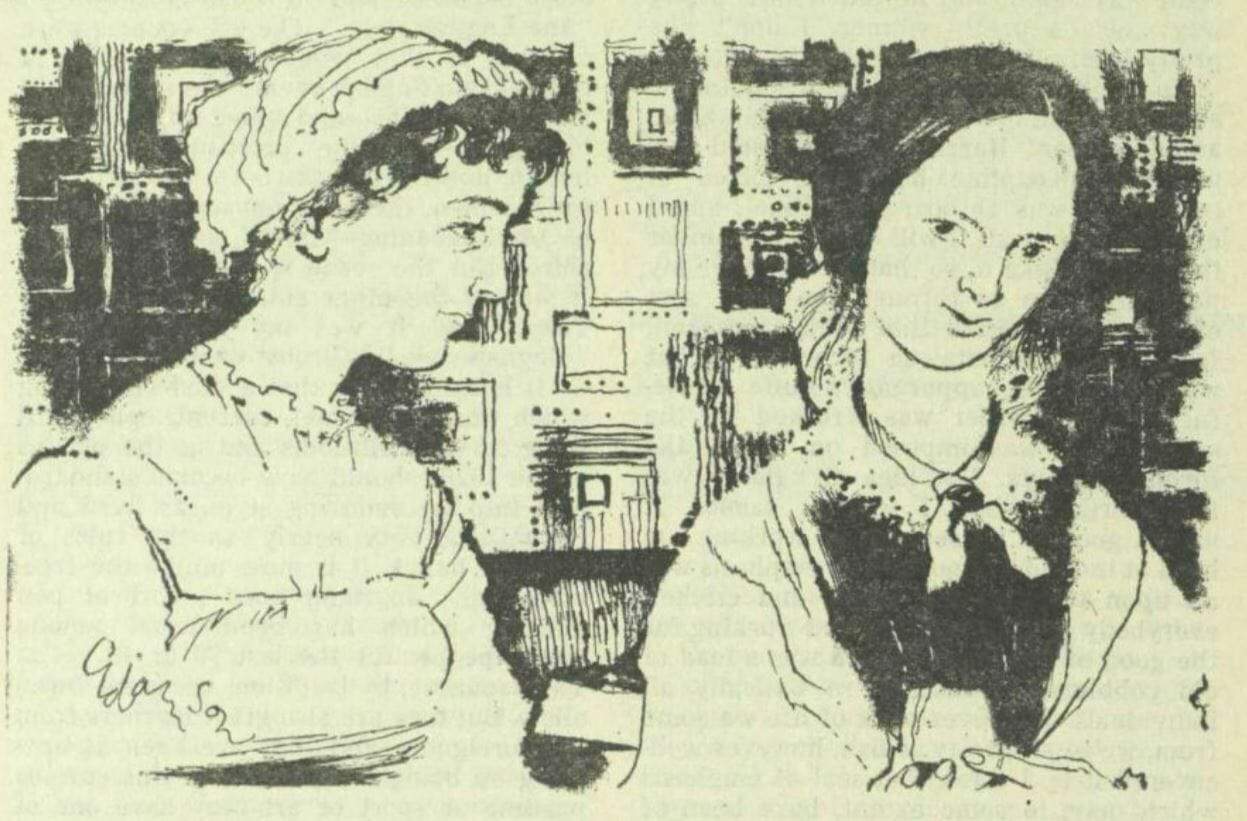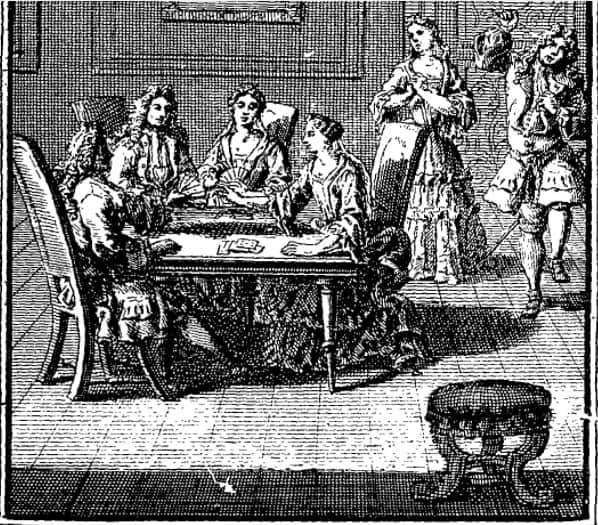By Tiria Barnes, Gale Student Ambassador at the University of Liverpool
Despite slavery being outlawed in the nineteenth century, human trafficking – defined by the Tearfund as ‘the transporting or abduction of people for the purposes of exploitation, using coercion, fraud or deception’[1] – is still a prevalent problem in our world today. In 2015, it was estimated that the trafficking industry was worth 32 billion US dollars a year, which is equivalent to the GDP of Tanzania[2]. As the fastest growing business in the world, it has been suggested that every 30 seconds a child is trafficked[3]. I decided that it would be interesting to investigate human trafficking on a more local scale, and see how newspapers reported on Britain’s response to the problem. Using Gale Primary Sources, I was able to make some thought-provoking discoveries.









